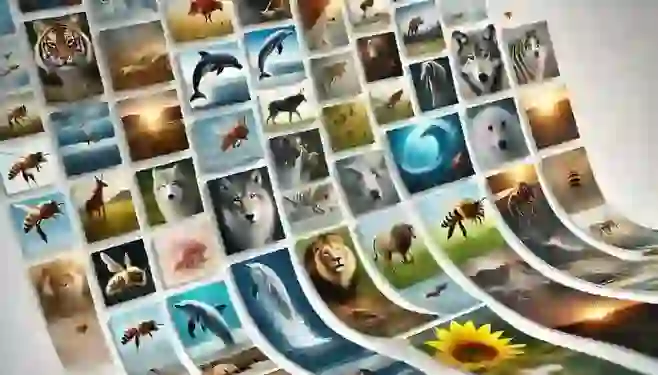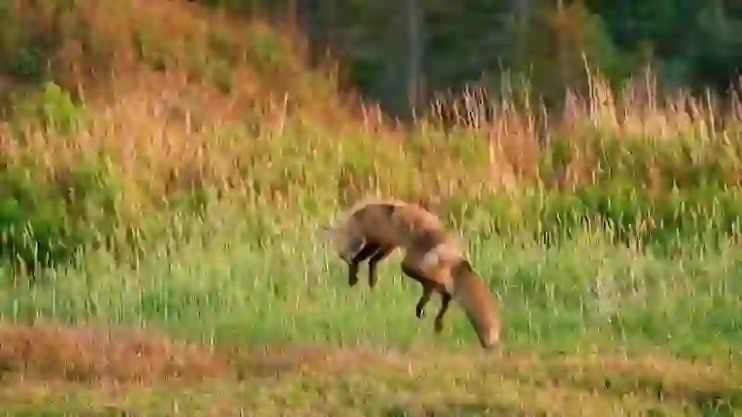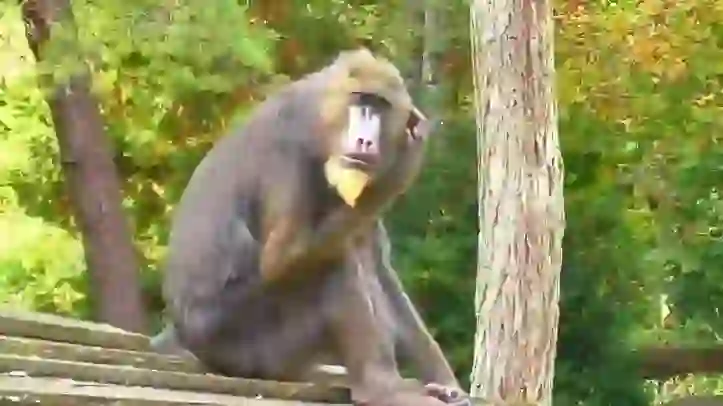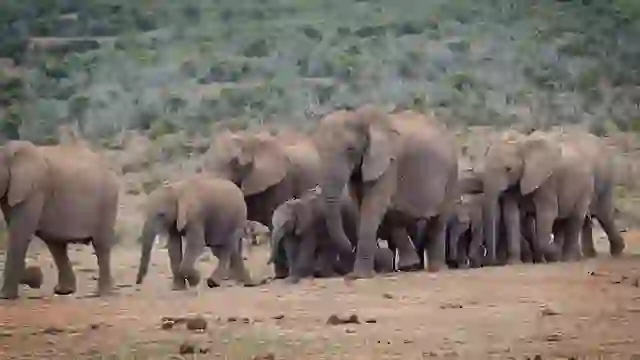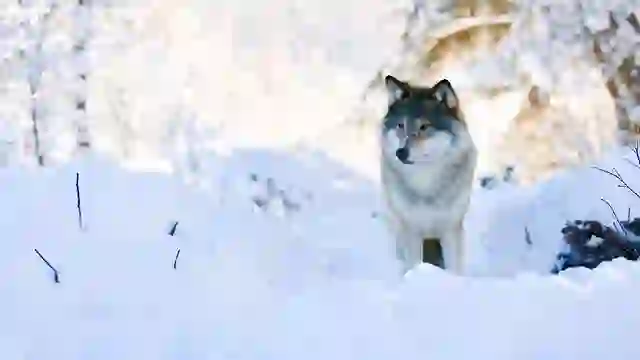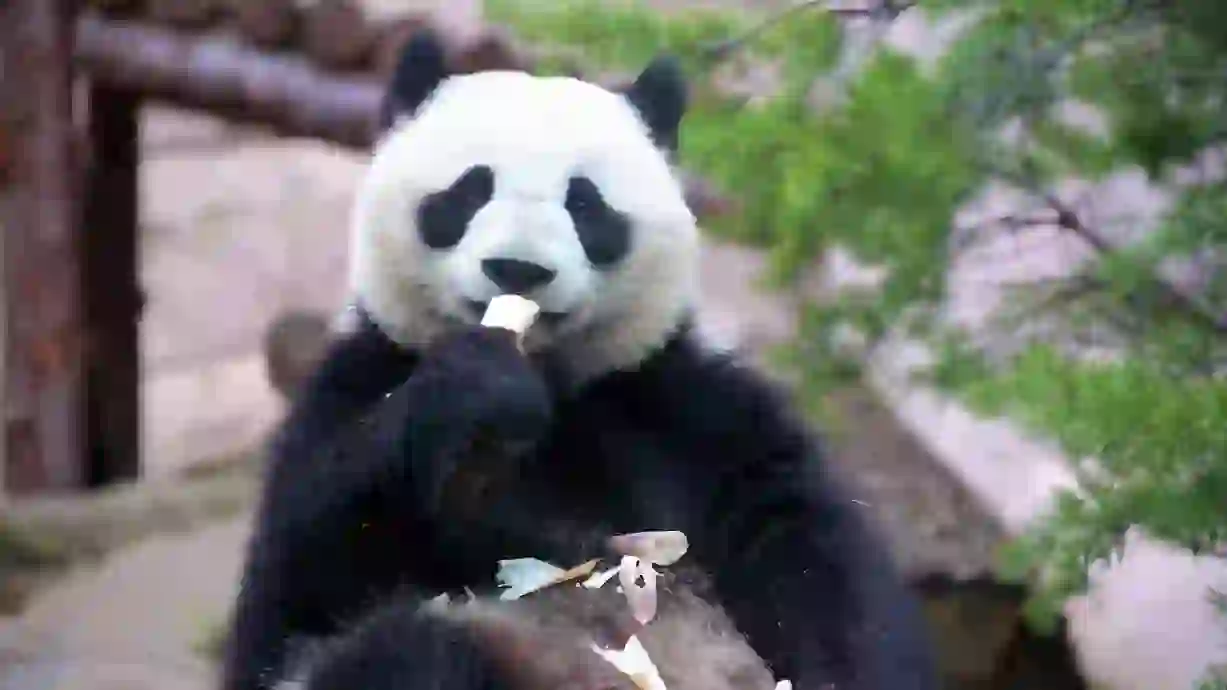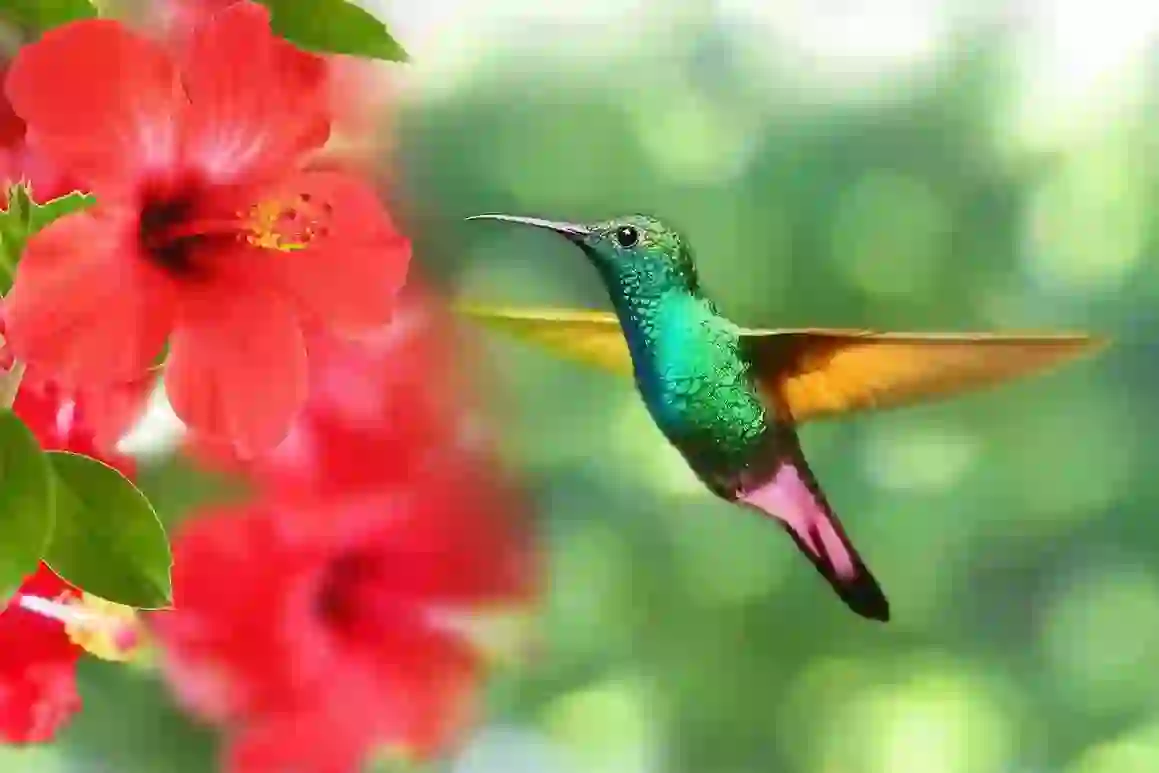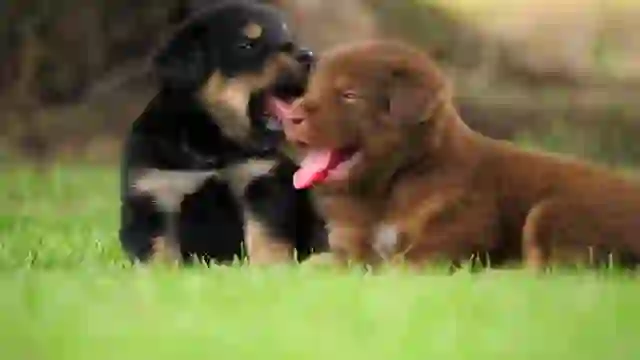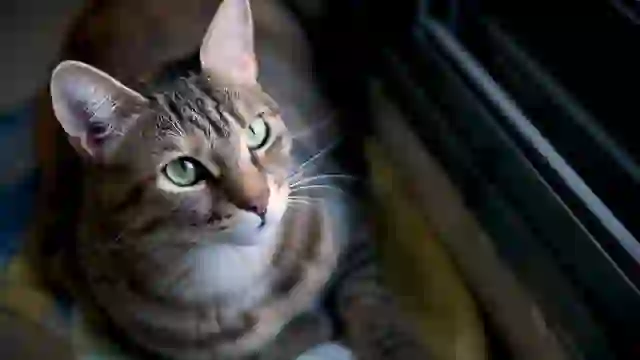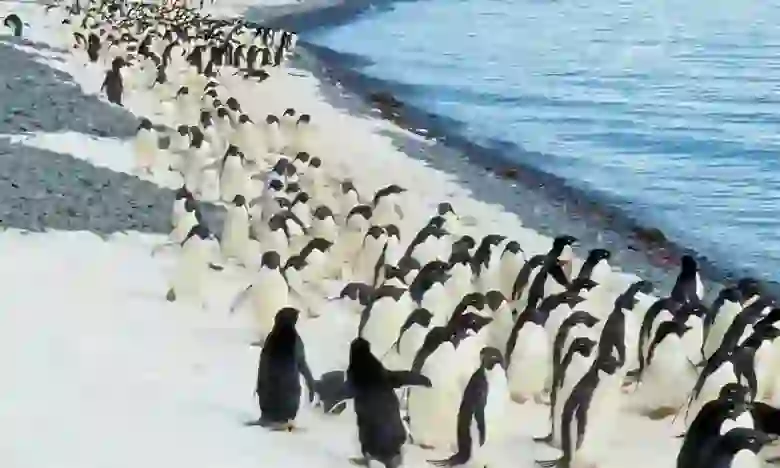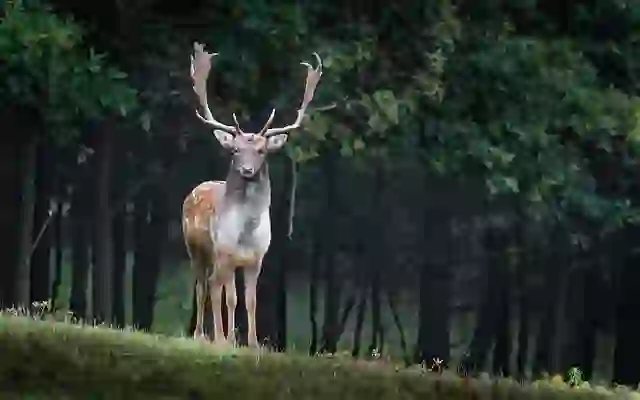
Red Wolf
Red Wolf
Red Wolf
In the forests of the southeastern United States, the red wolf roams with its beautiful reddish-brown fur. They were once on the verge of extinction, but thanks to human efforts, their howls are once again echoing through the forests. Let's listen to the story of the red wolf and trace their path to recovery.
Red Wolf Basic Infomation
.webp?alt=media)
| Property | Value |
|---|---|
| Scientific Name | Canis lupus rufus |
| Taxonomic Status | ACCEPTED |
| Rank | SUBSPECIES |
| Kingdom | Animalia |
| Phylum | Chordata |
| Class | Mammalia |
| Order | Carnivora |
| Family | Canidae |
| Genus | Canis |
| Conservation Status | Endangered |
| Species | Canis lupus |
.webp?alt=media)
Size
Adults stand about 24 to 32 inches (60 to 80 centimeters) tall at the shoulder and weigh about 44 to 80 pounds (20 to 36 kilograms). They are smaller than other wolves. Males tend to be larger than females.

Lifespan
They live for about 6 to 7 years in the wild. In captivity, they can live for 10 to 12 years.
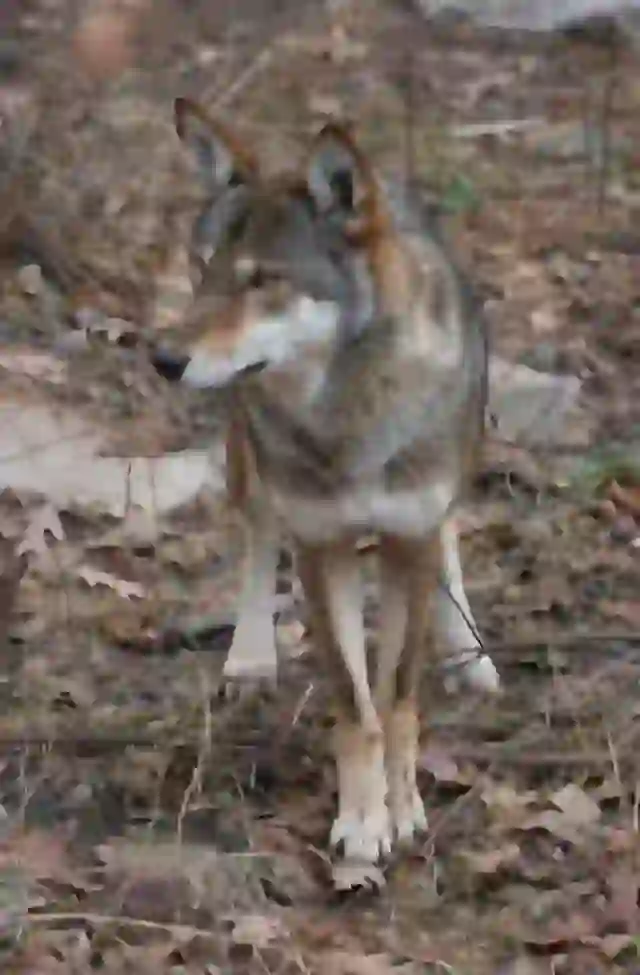
Distribution
They were once widely distributed throughout the southeastern United States, but are now reintroduced to a limited area on the eastern coast of North Carolina. Their wild population is estimated to be less than 100 individuals.
Red Wolf Q&A
.webp?alt=media)
What kind of wolf is the red wolf?
The red wolf is thought to be a hybrid species of gray wolf and coyote.
They have a mix of gray and reddish-brown fur, with their back and tail being particularly dark. Their size is intermediate between that of gray wolves and coyotes, making them smaller than other wolf subspecies. They are highly social animals, living and hunting in packs. They are also known for their intelligence and complex communication methods. They use howls, body language, and facial expressions to communicate with each other.

What do red wolves eat?
Red wolves are carnivores, primarily preying on deer, rabbits, raccoons, and nutria.
They can take down prey larger than themselves by hunting cooperatively in packs. They also eat birds, reptiles, amphibians, fish, and sometimes fruits and berries. In winter, when food is scarce, they may scavenge on carrion.

Why were they on the verge of extinction?
The red wolf population was decimated by humans in the late 19th and early 20th centuries.
The main reasons were:
・Habitat destruction: Deforestation and agricultural development led to the loss of their habitat.
・Extermination as pests: They were considered pests for preying on livestock and were targeted for extermination. The government offered bounties for killing red wolves, resulting in many being killed by humans.
・Hybridization with coyotes: Red wolves are prone to hybridizing with coyotes, which led to a decline in the number of pure red wolves, bringing them to the brink of extinction.
These combined factors led to the declaration of the red wolf as extinct in the wild in 1980.
.webp?alt=media)
[Quiz!] How did the red wolf make a comeback?
Although the red wolf was declared extinct in the wild in 1980, the U.S. Fish and Wildlife Service (USFWS) had started working on their conservation since the 1970s.
They began breeding pure red wolves that were in captivity at zoos and reintroduced them to the eastern coast of North Carolina in 1987. This reintroduction program has been successful, and the red wolf population is slowly but steadily increasing. Currently, there are about 100 red wolves living in protected areas in North Carolina. They are also scheduled to be reintroduced to other states, such as Florida and Louisiana. The recovery of the red wolf is a globally recognized success story for conservation efforts.

[Quiz!] Are red wolves still endangered?
Yes, red wolves are still endangered. They are listed as 'Endangered' on the IUCN (International Union for Conservation of Nature) Red List.
Although their numbers are increasing due to conservation efforts, they are still threatened by habitat loss, disease, and hybridization with coyotes. To protect red wolves, it is important to protect their habitat, prevent hybridization with coyotes, and educate people about their importance and the need for coexistence.

[Quiz!] What kind of sounds do red wolves make?
Red wolves, like other wolves, howl.
Their howls are used for communication with pack members, claiming territory, and locating prey. They can also bark and growl. Their voices can once again be heard in the forests of North Carolina. We must continue to protect them so that their voices can echo through the forests for years to come.

Would you like to become a part of the 'Animalbook.jp'?
Turn your knowledge into Q&A and share it with the world. ※Publication will be activated after purchase. Let's share information together!
Red Wolf Type of List
.webp?alt=media)
Efforts to Protect Red Wolves
- Establishment of protected areas
- Captive breeding programs
- Reintroduction
- Habitat conservation
- Prevention of hybridization with coyotes
- Disease prevention
- Public awareness campaigns
Information
Congratulations! You are the first commenter!

Create Your Favorite List!
Red Wolf
Save the animals you love! Build your own list to quickly revisit your favorites later.

Would you like to leave a comment?
※Please note: This is for the purchase of rights to post comments within the article.
Find Your Favorites!
Our shop offers a unique and attractive selection of goods themed around various animals.
Red Wolf References
Red Wolf Introduction of media used
.webp?alt=media)
LaggedOnUser, CC BY-SA 2.0, via Wikimedia Commons

Tim Ross, Public domain, via Wikimedia Commons

Davepape, Public domain, via Wikimedia Commons

Help Enrich Our Animalbook.jp with Your Media!
We are constantly looking to expand and enrich our Animalbook.jp with amazing photos and videos of animals. If you have any media that you'd like to share, please contribute and help us showcase the beauty and diversity of the animal kingdom. Your submissions will be credited and featured in our encyclopedia, reaching a wide audience of animal lovers.


